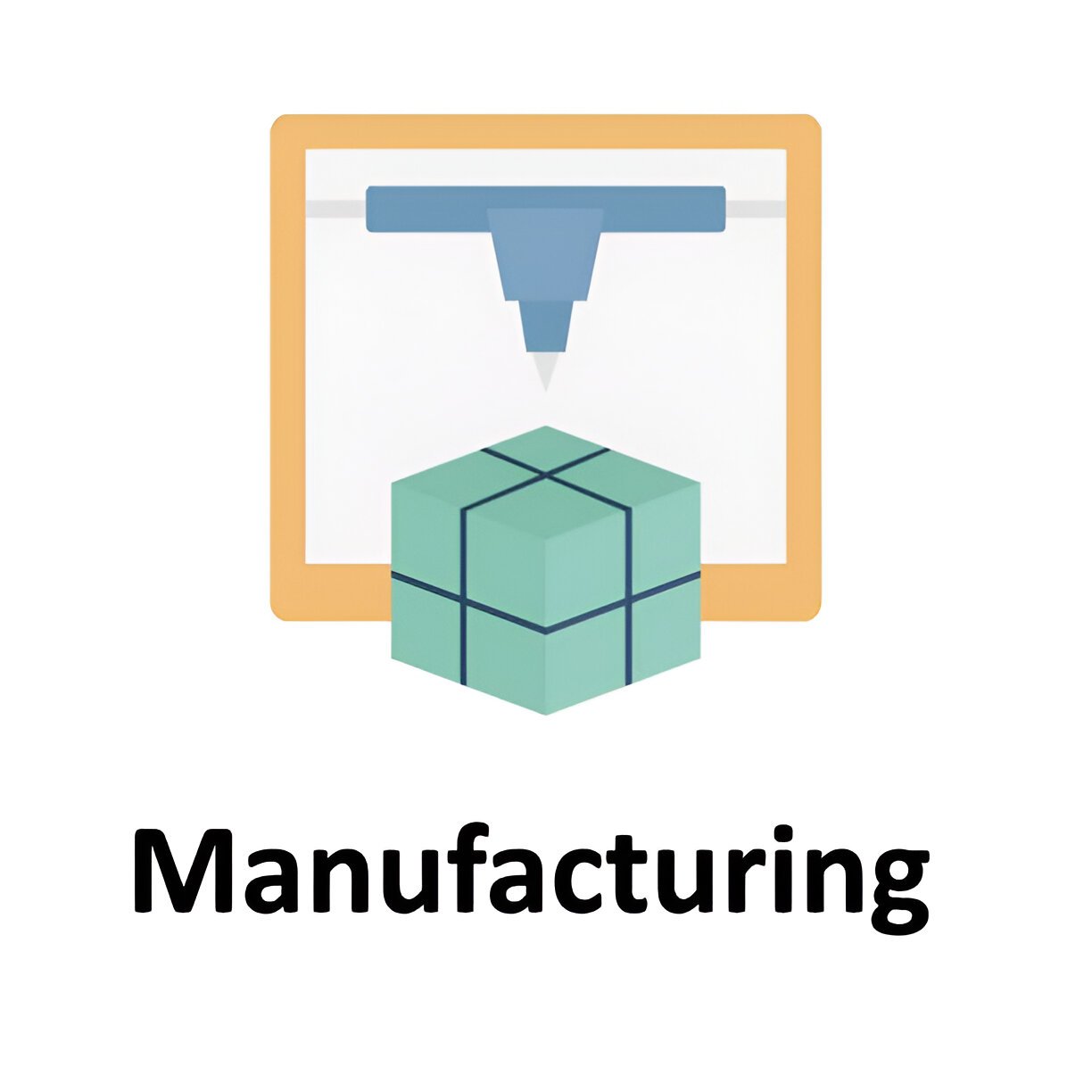Introduction
As an investor, I constantly seek industries with high growth potential. One such sector is additive manufacturing (AM), commonly known as 3D printing. This technology disrupts traditional manufacturing by enabling cost-effective, customized, and rapid production. To capitalize on this trend, additive manufacturing mutual funds offer diversified exposure to companies driving this revolution.
Table of Contents
Understanding Additive Manufacturing
Additive manufacturing builds objects layer by layer, unlike subtractive methods (e.g., CNC machining). Key applications include:
- Aerospace & Defense (lightweight components)
- Healthcare (custom prosthetics, bioprinting)
- Automotive (rapid prototyping)
- Consumer Goods (personalized products)
The global AM market is projected to grow at a CAGR of 20.8% (2023-2030), reaching $76.16 billion by 2030 (Grand View Research, 2023).
Why Invest in Additive Manufacturing Mutual Funds?
1. Diversification
AM mutual funds invest across multiple companies, reducing single-stock risk. For example, a fund may hold:
- 3D Systems (DDD) – Industrial 3D printing
- Stratasys (SSYS) – Prototyping solutions
- Proto Labs (PRLB) – Digital manufacturing
- Materialise (MTLS) – Software for AM
2. Growth Potential
The AM industry benefits from:
- Supply chain resilience (localized production)
- Sustainability (less material waste)
- Technological advancements (faster, cheaper printing)
3. Risk Mitigation
Since AM is still evolving, investing in a mutual fund spreads risk better than picking individual stocks.
Key Additive Manufacturing Mutual Funds
Below is a comparison of top AM-focused mutual funds:
| Fund Name | Expense Ratio | Top Holdings | 5-Yr CAGR |
|---|---|---|---|
| ARK Industrial Innovation ETF (ARKQ) | 0.75% | 3D Systems, Trimble, Tesla | 18.2% |
| Global X 3D Printing ETF (PRNT) | 0.50% | Stratasys, Proto Labs, HP | 14.7% |
| iShares Robotics & AI ETF (IRBO) | 0.47% | NVIDIA, Intuitive Surgical | 16.1% |
Table 1: Comparison of AM-focused ETFs (Data as of 2023)
Performance Analysis
To evaluate these funds, I use the Sharpe Ratio, which measures risk-adjusted returns:
Sharpe\ Ratio = \frac{R_p - R_f}{\sigma_p}Where:
- R_p = Portfolio return
- R_f = Risk-free rate (e.g., 10-year Treasury yield)
- \sigma_p = Portfolio volatility
Example Calculation:
If ARKQ has an annualized return of 18.2%, risk-free rate of 3.5%, and volatility of 22%, then:
A higher Sharpe Ratio indicates better risk-adjusted performance.
Risks of Investing in AM Mutual Funds
1. Technological Disruption Risk
Not all AM companies succeed. Some may face obsolescence if newer technologies emerge.
2. Market Volatility
AM stocks are growth-oriented, making them sensitive to interest rate hikes.
3. Valuation Concerns
Some AM stocks trade at high P/E ratios, increasing downside risk in bear markets.
Investment Strategies for AM Mutual Funds
1. Dollar-Cost Averaging (DCA)
Investing fixed amounts monthly reduces timing risk.
2. Sector Rotation
Shift allocations based on macroeconomic trends (e.g., favoring healthcare AM during bioprinting breakthroughs).
3. Hedging with Options
Buying put options on AM ETFs can protect against downturns.
Future Outlook
The U.S. government’s AM Forward Initiative (2022) aims to boost domestic 3D printing adoption. This policy tailwind supports long-term growth.
Conclusion
Additive manufacturing mutual funds present a compelling opportunity for investors seeking exposure to a high-growth sector. While risks exist, diversification and strategic allocation can mitigate them. By analyzing Sharpe Ratios, expense ratios, and macroeconomic trends, I can make informed decisions.





